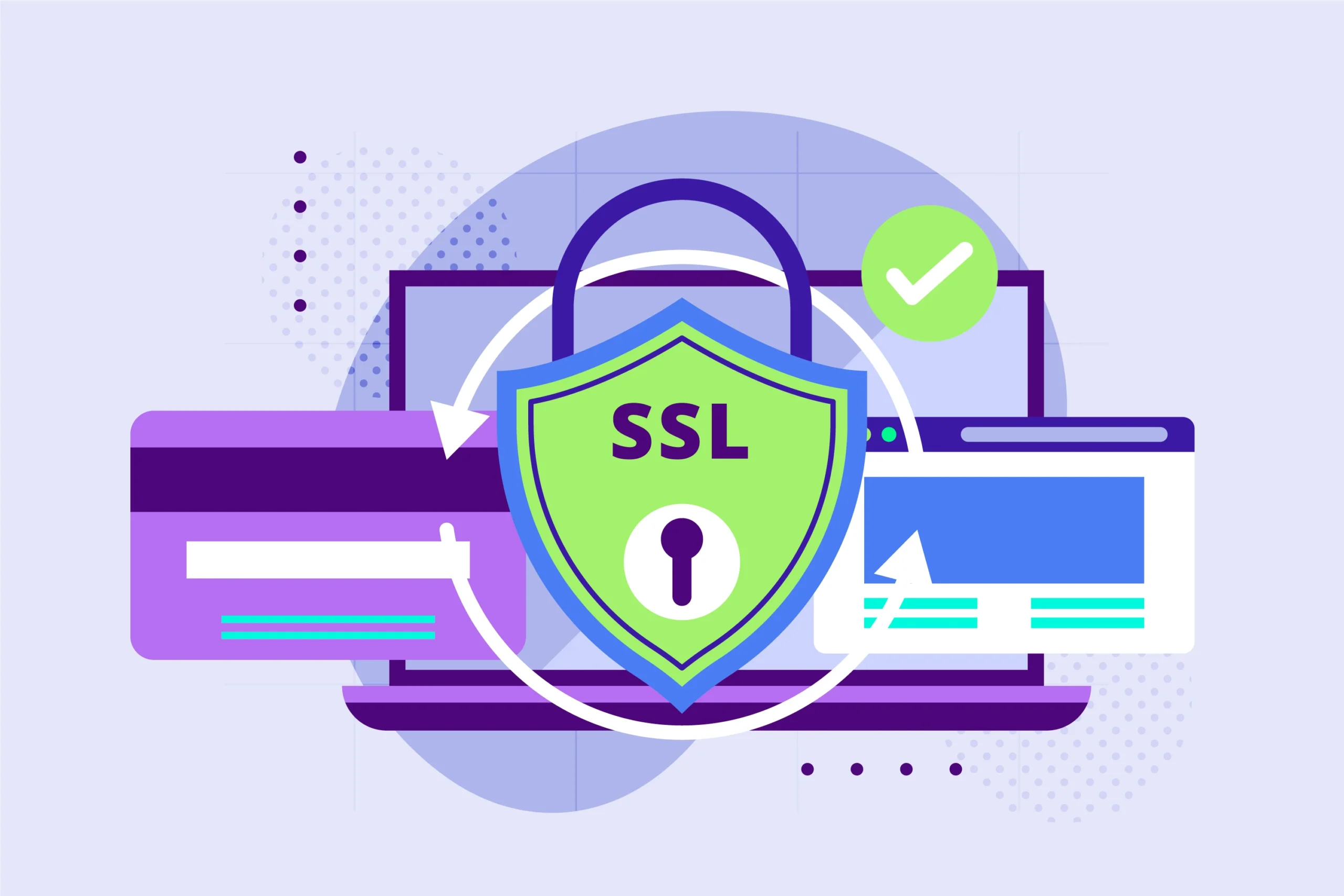Table of Contents
ToggleIntroduction: Why Mobile App Security is No Joke!
Picture this: You’re chilling on your sofa, scrolling through Instagram, when suddenly, your phone lags, crashes, and restarts on its own. You shrug it off, thinking it’s just another cheap phone issue, but little do you know—a hacker in some dark room has already stolen your data, including your cringe 2013 Facebook photos.
Scary, right? Well, that’s why mobile app security is more important than ever! In today’s digital era, mobile apps are not just entertainment hubs; they store sensitive personal information—banking details, passwords, addresses, and even our guilty pleasure Netflix watch history.
From Zomato’s data breach in 2017 to Aadhaar leaks, India has seen some serious cybersecurity disasters. And if big companies can fall prey to cyber threats, imagine the risk for smaller apps! That’s why every app developer, startup, and business must prioritize mobile app security.
So, if you don’t want your app to become the next “data leak meme” on Twitter(X), stick around as we, adwebcraft, dive into 10 essential practices to protect user data. And trust me, this will be more fun than your typical cybersecurity lecture!
Common Mobile App Security Threats
Before we talk about security measures, let’s discuss the biggest villains in the mobile app world. Because, let’s be honest, without knowing your enemy, how will you fight?
1. Malware & Trojans
Ever downloaded a free cricket streaming app and suddenly started getting spammy pop-ups about “You won an iPhone 15 Pro Max”? Congratulations, you’ve met malware! Malicious software like Trojans disguise themselves as normal apps but steal data in the background.
2. Insecure APIs
APIs are like cousins at a family wedding—some are reliable, and some will leak your secrets to everyone. A poorly coded API can expose sensitive user data to hackers.
3. Data Leakage & Unauthorized Access
This happens when an app stores sensitive data in an unencrypted format or uses weak authentication methods. The 2019 Truecaller breach exposed data of 500 million users—a perfect example of why app data protection matters!
4. Fake Apps & Phishing Attacks
Have you ever seen a Play Store app that looks exactly like WhatsApp but is called “WhatsUp”? Hackers create fake apps that trick users into entering their credentials, leading to major data theft.
Here’s a gift, click that link and learn, What Should you choose btw. iOS vs. App Development?
Secure Code Practices: Because Your App Deserves Better!
Let’s be honest—“jugaad coding” might work for a college project, but in real-world app development, secure coding practices are non-negotiable!
How to Write Secure Code?
-
Avoid Hardcoded Credentials: Don’t be that developer who hardcodes passwords inside the app. If your app’s database password is
admin123, you deserve a cyber slap! -
Minimize Permissions: Don’t ask for unnecessary permissions. Why does a calculator app need access to contacts? (Looking at you, shady apps!)
-
Code Obfuscation: Confuse hackers by making your code unreadable—like your doctor’s handwriting!
A secure mobile application is not just about functionality but about protecting user data.
Data Encryption: The Digital “Ghar Ka Lock”
Imagine you keep all your gold jewelry in a plastic box under your bed instead of a locker. That’s how unencrypted data looks to hackers—free loot!
How to Implement Data Encryption?
-
Use AES (Advanced Encryption Standard): Just like how your mom hides money in the most unexpected places, AES ensures your data remains protected.
-
Encrypt Data in Transit & Storage: Data should be encrypted whether it’s in motion (when being sent) or at rest (when stored in a database).
-
Avoid Weak Algorithms: No outdated encryption methods—using MD5 for encryption is like locking your house with a plastic key.

User Authentication & Authorization: No Entry Without Permission!
Think of your app as a high-profile Bollywood party. You don’t want just any random guest entering, right? That’s where user authentication comes in!
Best Practices for Strong Authentication
-
Multi-Factor Authentication (MFA): A good example is UPI payments—before a transaction, you enter a PIN or authenticate with biometrics.
-
Use OAuth & OpenID Connect: These protocols allow users to log in securely via trusted third-party services (like “Sign in with Google”).
-
Limit Login Attempts: Just like Netflix blocks your account after too many wrong passwords, your app should block repeated failed logins to prevent brute force attacks.
API Security: The Hidden Weak Link inYour App
APIs are like highway toll booths—they let only authorized users pass through. But if left unprotected, hackers can drive straight through and steal sensitive user data. Imagine giving away your car keys to a stranger just because they asked nicely—that’s what happens when your API isn’t secure!
In the world of mobile app security, APIs act as the middlemen between apps and servers, handling everything from user logins to payment processing. If an API is weak, hackers can exploit it to access confidential data, modify app functionality, or even hijack entire systems. That’s why mobile app security depends heavily on robust API protection.
How to Secure APIs and Boost Mobile App Security?
1. Use API Keys & OAuth Tokens
- Think of API keys as VIP passes for your app’s users—only those with valid keys should be allowed access.
- Use OAuth tokens for authentication instead of relying on simple username-password logins. This prevents credential stuffing attacks.
- Rotate API keys regularly—because using the same key forever is like keeping the same Netflix password after breaking up!
2. Implement Rate Limiting to Prevent DDoS Attacks
- Ever tried booking a Tatkal train ticket on IRCTC during rush hour? That’s what happens when too many requests hit your API at once!
- Set rate limits to prevent automated bots from overloading your system.
- Implement CAPTCHAs and bot protection mechanisms to filter out suspicious activity.
3. Ensure Strong Server-Side Authentication
- Never rely solely on client-side authentication—it’s like locking the front door but leaving the windows open.
- Always validate API requests on the server-side to prevent unauthorized access.
- Implement JWT (JSON Web Tokens) or OAuth 2.0 for secure session handling.
4. Encrypt API Communications for Maximum Mobile App Security
- Always use HTTPS instead of HTTP to prevent data interception.
- Encrypt sensitive API responses using AES-256—because an encrypted API is like a bank locker for your app data.
- Proper encryption ensures mobile app security is never compromised, even if data gets intercepted.
5. Monitor API Traffic & Set Up Intrusion Detection Systems (IDS)
- Regularly audit API logs to detect unusual behavior.
- Use Intrusion Detection Systems (IDS) to identify and block suspicious API requests in real time.
Regular Security Updates: Fix Bugs Before Hackers Exploit Them
Ever seen a notification that says, “Bug fixes and performance improvements”? That’s your app’s shield getting stronger!
Why Regular Updates Matter?
-
Patch Vulnerabilities (Think of it as fixing a leaky tap before it floods your house!)
-
Stay Ahead of Hackers
-
Ensure Compatibility with Latest OS Versions
A mobile app security without updates is like a car without seat belts—an accident waiting to happen!
App Store Security Guidelines: Playing by the Rules
If you want your app to survive on Google Play or App Store, follow their overall & mobile app security policies!
Google Play Store
- Use Google Play Protect
- Follow data privacy policies
- No hidden permissions
Apple App Store
- Strong encryption is a must
- No unnecessary data tracking
- Strict review process
Ignoring these rules of mobile app security = App rejection faster than an Indian dad rejecting a tattoo!
Secure Network Connections: No Free Wi-Fi Please!
Using free Wi-Fi is like drinking roadside so called Fresh Juice—you never know what’s inside!
How to Secure Network Connections?
-
Use HTTPS Instead of HTTP
-
Avoid Public Wi-Fi for Sensitive Transactions
-
Implement VPNs for Secure Data Transfers
A strict mobile app security ensures network safety—so no data leaks at chai tapris!

User Privacy & Data Protection Laws: Avoiding Legal Troubles
Ever heard of GDPR fines? They can cost more than a Mumbai 2BHK flat!
Key Data Protection Laws for Apps
-
GDPR (Europe)
-
CCPA (California)
-
IT Act 2000 (India)
Following these laws ensures your app doesn’t get sued for data leaks!
How Adwebcraft Can Help You Build a Secure App!
At adwebcraft, we don’t just build apps—we secure them!
Why Choose Us?
- Expert Security Team
- Top-Notch Encryption & Authentication
- Regular Security Audits
Whether you need secure mobile applications or app data protection, we’ve got you covered!
Contact us today and let’s build a hacker-proof app together!
Conclusion: Secure Apps = Happy Users & Safe Businesses!
-
Hackers are always looking for loopholes—don’t give them one!
-
Follow these 10 essential practices to ensure strong mobile app security.
-
Or better yet, let Adwebcraft handle it for you!
Final Thought: A mobile app security isn’t a luxury—it’s a necessity. So, secure your app before your users secure their uninstall button!


